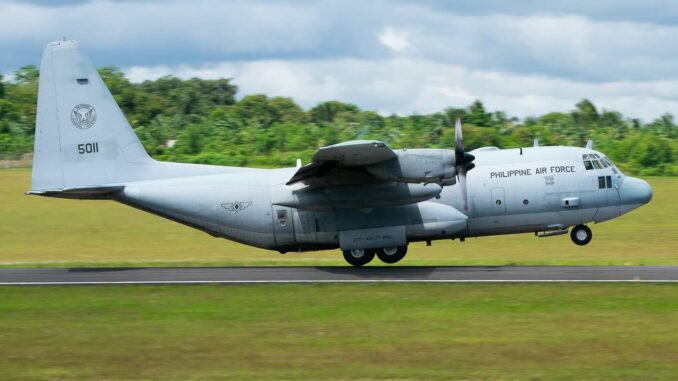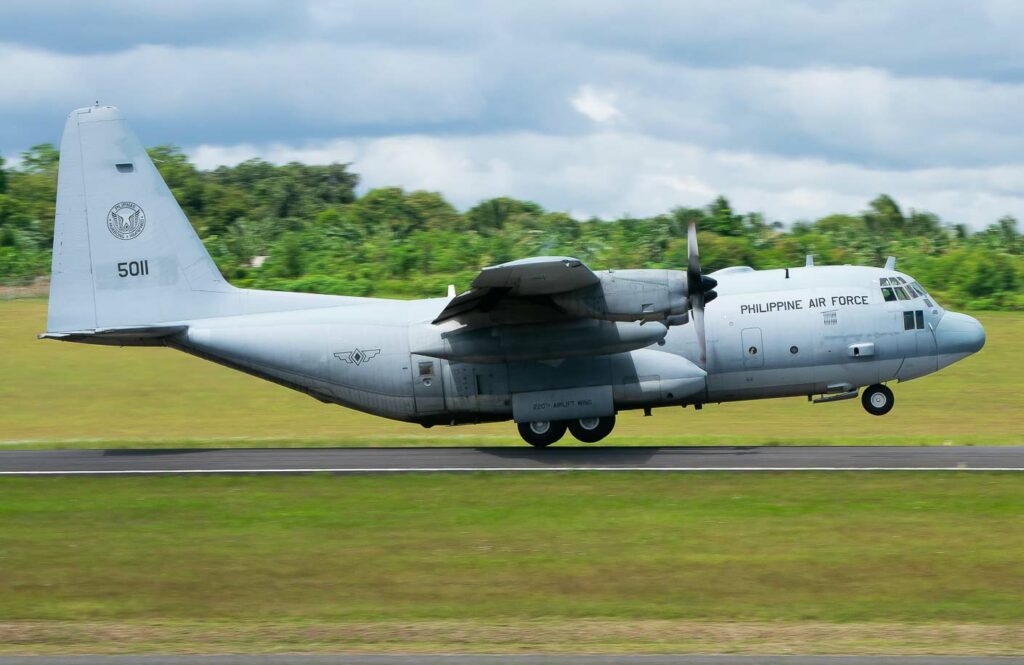
Tensions are rising between the Philippines and China, prompting the Philippines to review its military modernization plan. This article explores the adjustments envisaged in the Philippine military modernization program, the consequences of these modifications and the issues related to territorial and coastal defense in the South China Sea.
The Philippines is facing growing tensions with China over territorial claims in the South China Sea. This situation has led the Philippines to re-examine its military modernization program, in order to strengthen its territorial and coastal defense. In this article, we will explore the details of this overhaul, the consequences of these adjustments and the issues at stake for Philippine national security.
The need for strategic realignment
The strategic realignment of Philippine military modernization follows a recent incident in which Chinese vessels collided with a Philippine military vessel escorted by two Coast Guard vessels. This incident highlighted the urgent need for the Philippines to strengthen its territorial defense capability, particularly around Thitu Island (also known as Pag-asa Island), one of the disputed islands in the South China Sea.
According to Philippine Army Chief of Staff General Romeo Brawner, the changes are aimed at protecting Philippine territories in the South China Sea, with a particular focus on Thitu Island, where more than 400 Filipinos reside. This island is one of the many points of contention between the Philippines and China in the region.
Military modernization underway
The Philippine military modernization program, dubbed “Horizon 3”, is the third phase of a five-year military modernization plan that began in 2013. This phase includes the acquisition of multi-role fighters, radars, additional Jose Rizal-class frigates, missile systems, helicopters and the country’s first fleet of submarines. Initially, the plan also called for the acquisition of additional BrahMos missiles and high-mobility artillery rocket systems for coastal defense.
However, budgetary constraints have slowed progress. Defense Secretary Gilberto Teodoro revealed that only 10% of the first phase (Horizon 1) and around 53% of the second phase (Horizon 2) of the plan have been completed. For this reason, a strategic review has become necessary.
Acceleration of Acquisitions
In response to the recent clashes between China and the Philippines, the Manila government decided to accelerate its acquisition plans. Lawmakers have allocated 45 billion pesos (US$793 million) in military spending for 2024. In addition, senators have voiced their support for additional budgets for intelligence and equipment procurement related to operations in the South China Sea.
Last week, the Department of Defense ordered three C-130J-30 Super Hercules aircraft for delivery in 2026. The Philippines is also expecting delivery of two BrahMos missile units in December from India, as well as more Acero class warships next year under an agreement with Israel. Two new docking platforms are due from Indonesia next year, followed by two corvettes from South Korea around 2025-2026, and six offshore patrol boats also from South Korea in 2028.

Financing and Foreign Assistance
The Horizon 3 phase of military modernization requires 500 billion pesos over the next six years, but it is not yet clear how the Philippine government intends to finance the program. However, several countries have offered their assistance. France, for example, has offered its Scorpene diesel-electric submarines as early as 2019, with a proposal including development assistance for the Philippine naval base in Zambales.
Other countries bidding to supply submarines to the Philippines include Spain, which has submitted a $1.7 billion bid to supply two S-80 class submarines, and South Korea’s Hanwha Ocean, which updated its proposal last month to supply two Jangbogo-III class diesel-electric submarines.
Efficiency-driven strategic realignment
Although final plans for the Horizon 3 phase of Philippine military modernization are not yet available, General Brawner indicated that the realignment will include fewer but more powerful assets and platforms. The equipment will be in line with the country’s forward defense strategy, where threats are kept at bay as far away as possible. Brawner added that the army’s aim is to immediately deploy fighter aircraft and other assets in the event of reported encounters with Chinese vessels.
According to the country’s recently published new territorial defense strategy, the Philippines attaches particular importance to the islands it claims as its own, notably in what the government calls the West China Sea, namely Thitu Island, Loaita Cay, West York Island, Flat Island and Nanshan Island.
Consequences and stakes
This strategic realignment of Philippine military modernization raises several important issues and consequences. Firstly, it demonstrates the Philippines’ determination to defend its territorial claims in the South China Sea, despite the challenges posed by China, which has stepped up its military presence in the region.
Moreover, this shift towards territorial and coastal defense highlights the strategic importance of the islands claimed by the Philippines in the South China Sea. The Philippines seeks to protect these islands not only for territorial reasons, but also to guarantee the safety of its citizens residing there.
On the financial side, financing military modernization remains a challenge. The Philippines will have to find ways of mobilizing the resources needed to implement its ambitious modernization plan. Foreign assistance, particularly that offered by France, Spain and South Korea, could play a crucial role in achieving these objectives.
Faced with escalating tensions with China in the South China Sea, the Philippines has undertaken a strategic realignment of its military modernization program. This realignment aims to strengthen the country’s territorial and coastal defense, with an emphasis on protecting the islands claimed by the Philippines in the region. The consequences of these adjustments are significant, with an increased emphasis on national security and the need to mobilize resources to finance this modernization. The road ahead for the Philippines in its quest for security and territorial defense remains a challenge, but its determination to protect its interests in the South China Sea remains undeniable.